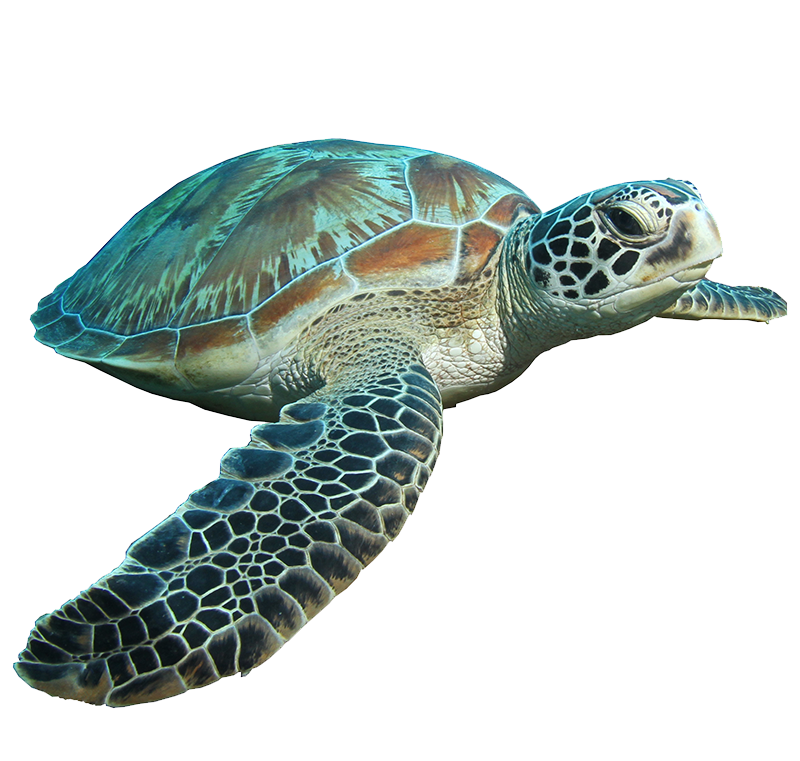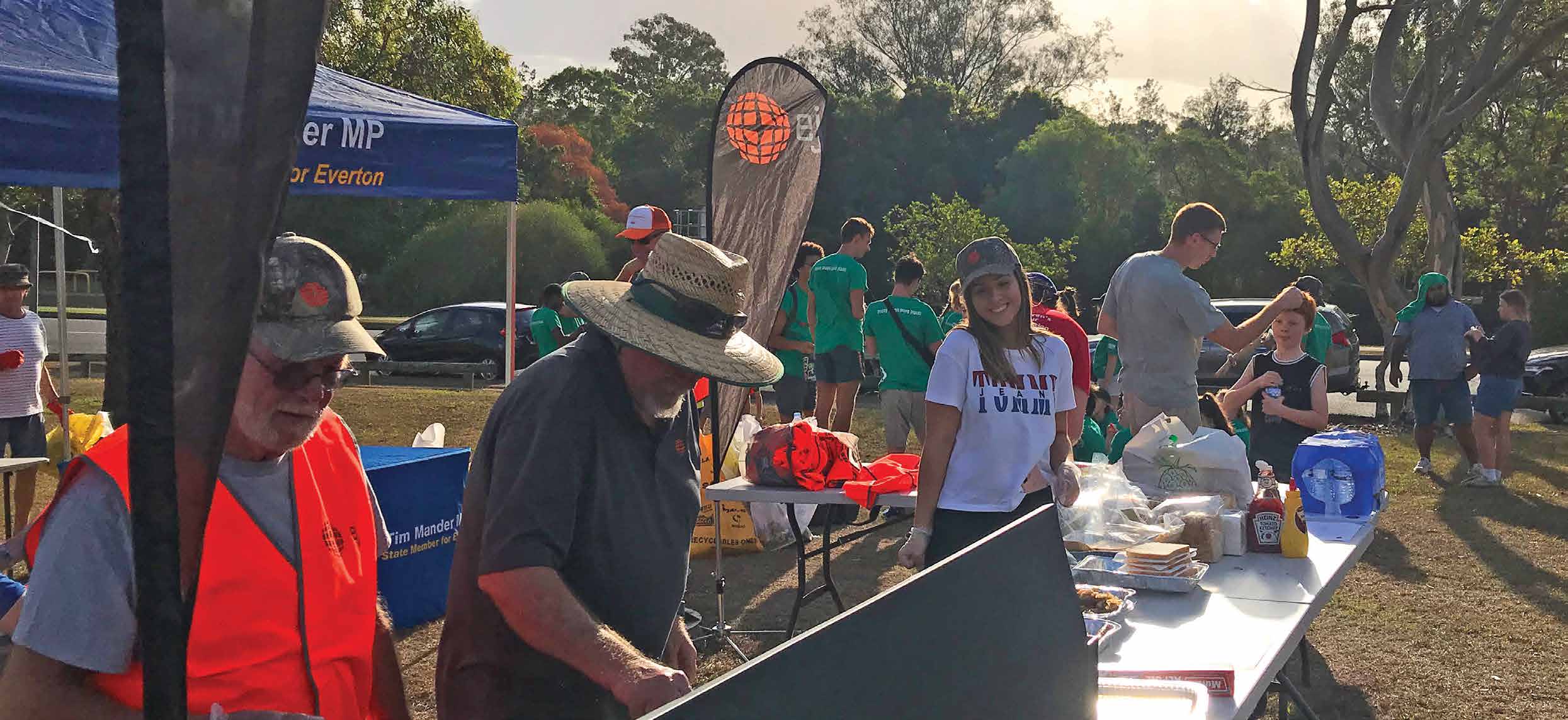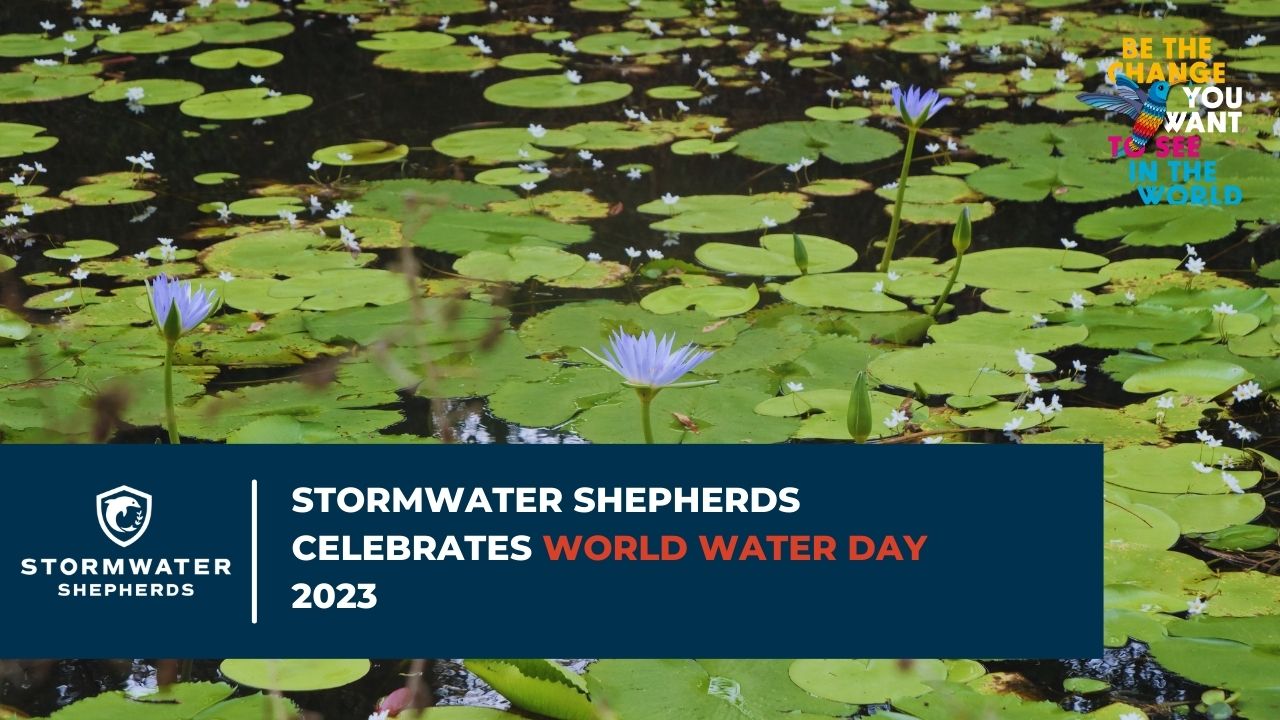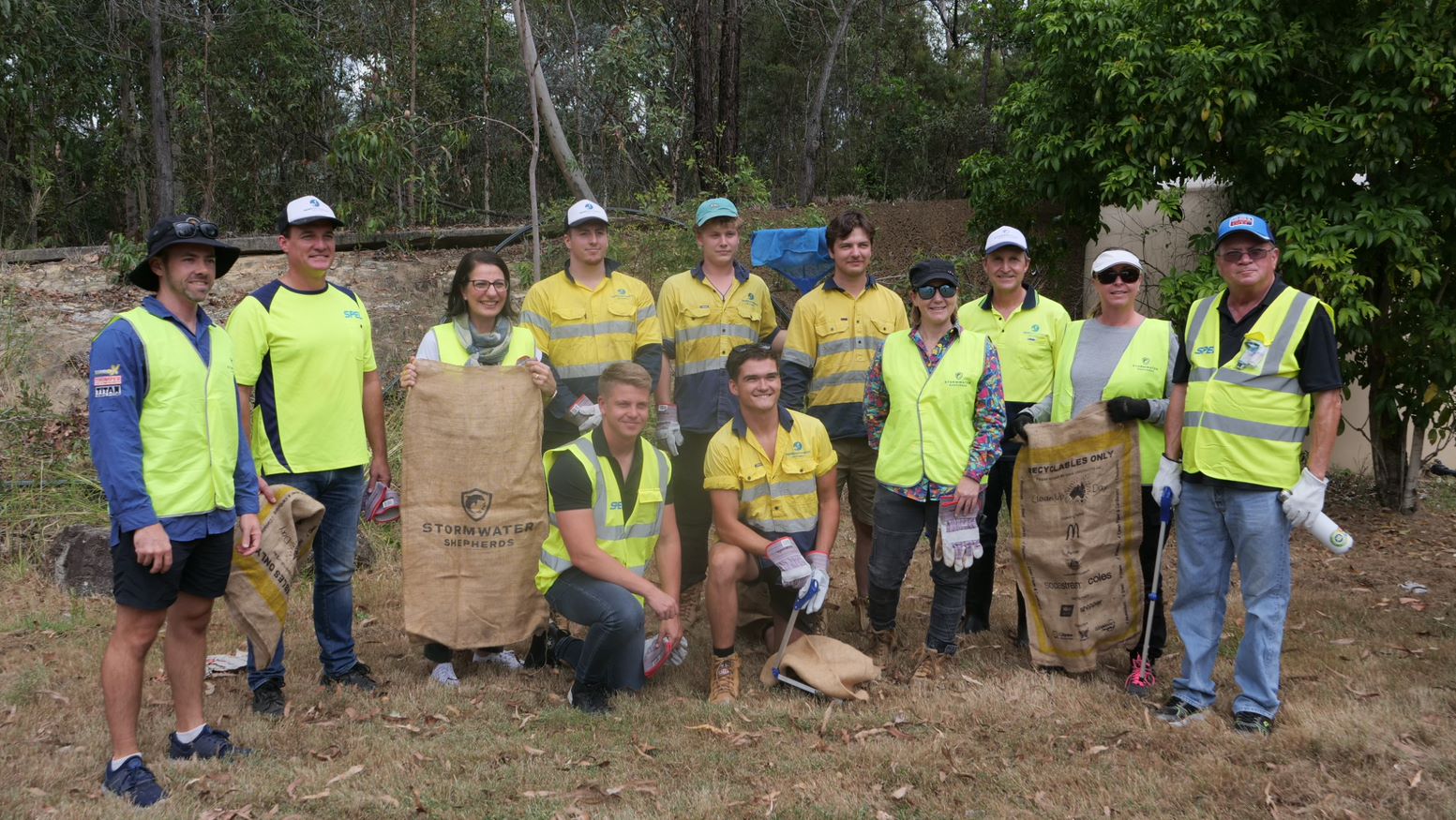8 million tonnes of plastic pollution enter our waterways and oceans each year, and stormwater conveys approximately 80% of this plastic waste. At this current rate ocean plastic pollution will triple by 2040—reaching about 29 million tonnes of marine plastic per year.
What effect will this have on our environment, wildlife, and human health? In this article, we will explore the consequences of plastic pollution that we’re already observing today.
How Plastics Become a Major Stormwater Pollutant
Land-based plastics that are incorrectly disposed of and left littered on our streets end up in storm drains or nearby waterways, carried by rainwater and wind. Wind can also carry plastic waste from garbage trucks and open landfill sites into the environment. Plastic waste that ends in rivers is particularly problematic as these waterways flow out to sea. Recently, scientists have learned that 80% of ocean-bound riverine plastic waste stems from 1,000 rivers worldwide.
When exposed to natural elements (e.g. waves or rough water, winds, sunlight), plastic can break up into smaller pieces of plastic called microplastics.

Microplastics are any piece of plastic with a length less than 5 millimetres or smaller than the size of a sesame seed. Microplastics are notoriously difficult to separate from stormwater flows and natural water bodies. Unfortunately, this makes it difficult for simple filtering methods to separate microplastics from the many naturally occurring particulates in our environment.
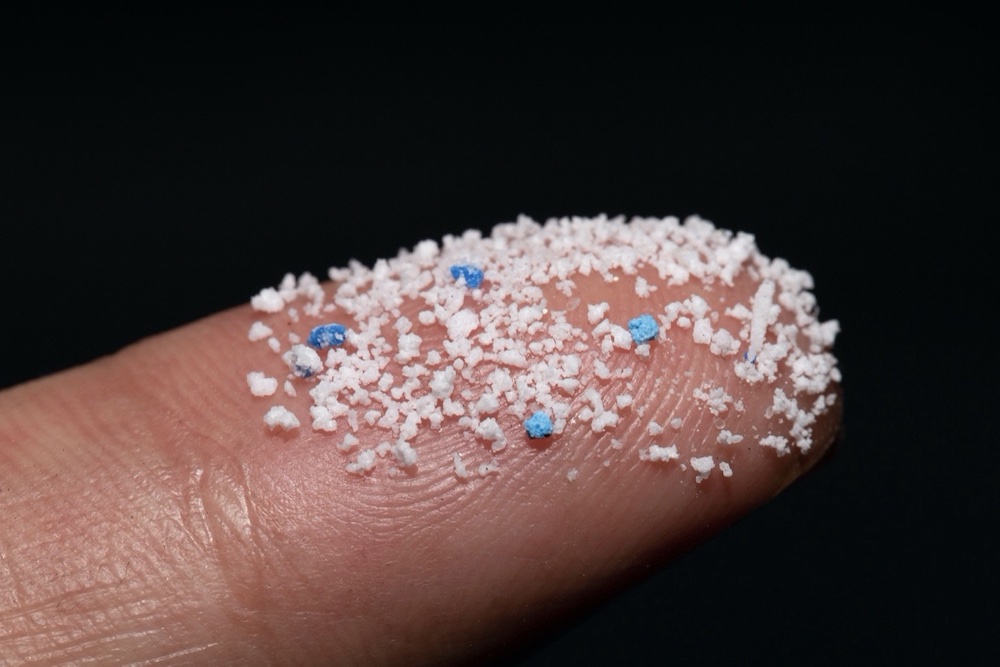
Both macro – and microplastics can remain in the environment for tens to hundreds of years. In that time, they can cause irreparable damage to the natural ecosystems we depend on for our social exitance.
Why Plastic Pollution is an Environmental Crisis
Scientists have yet to understand the full extent of plastic pollution’s consequences to environmental and human health. What we do know, however, is enough cause for alarm and—more importantly—change.
Following are the significant adverse impacts that plastic pollution has on animals (including humans) and natural ecosystems, which we know of:
- Physical harm to wildlife – Animals can get entangled by plastics, preventing them from moving freely and searching for food or surfacing for air, as in marine mammals. Microplastics also cause harm to wildlife, especially aquatic animals. They can clog fish gills and wound internal organs when ingested.
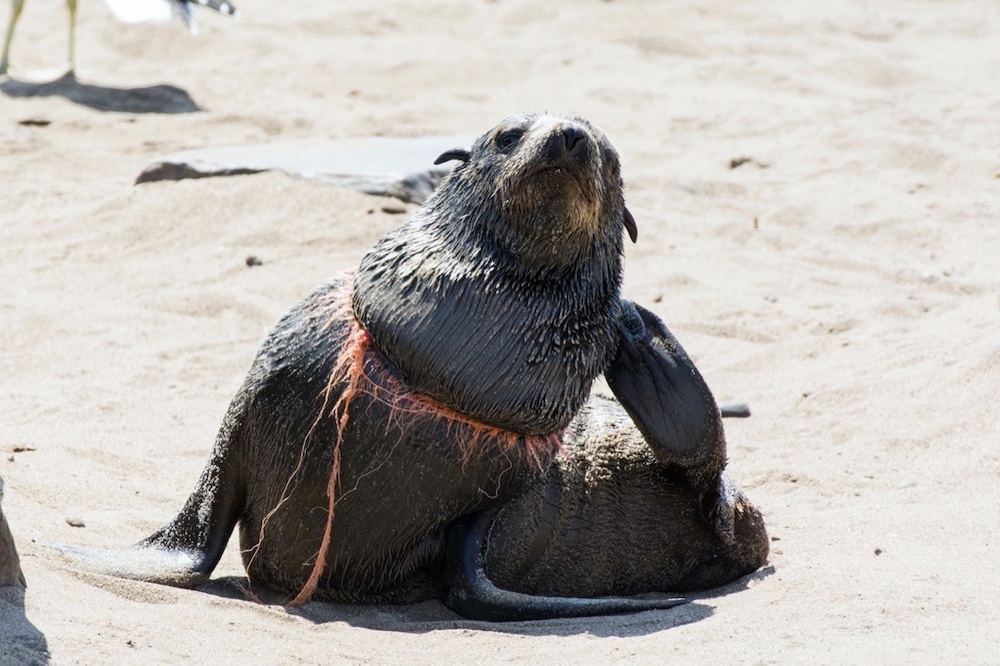
- Ingesting plastic waste can also make animals feel full when their bodies are starved of real food’s nutrients. Plastic ingestion causes malnutrition and starvation in wildlife, with over 100,000 marine mammals and 1 million waterbirds dying each year because of plastic pollution.
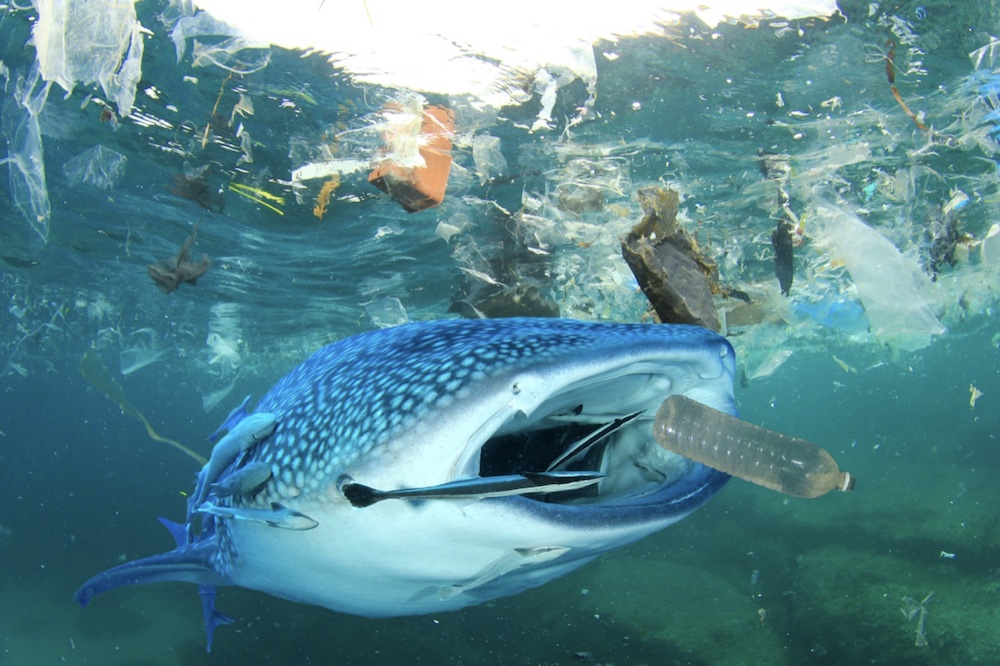
- Leaching toxic chemicals – Plastics contain chemical additives, some of which are known to disrupt hormone production. These chemicals are released into the environment by plastic pollution, exposing animals to the toxins. Exposure to these chemicals can affect the growth and reproductive behaviour of wildlife, which can also negatively impact ecosystem biodiversity.
- Bioaccumulation – Microplastics and their toxins can move up the food chain. Small animals and organisms (the primary producers in food chains) ingest these minute plastic particles who then become food for larger animals, and so their impacts also bioaccumulate. This means when we eat certain kinds of seafood, we will also absorb the harmful effects of microplastics.
- Transporters of pathogens – Recently, scientists have discovered that plastics can serve as breeding grounds for disease-carrying bacteria. With the increase of marine plastic pollution, there is also rising concern over their potential to serve as vectors for pathogens.
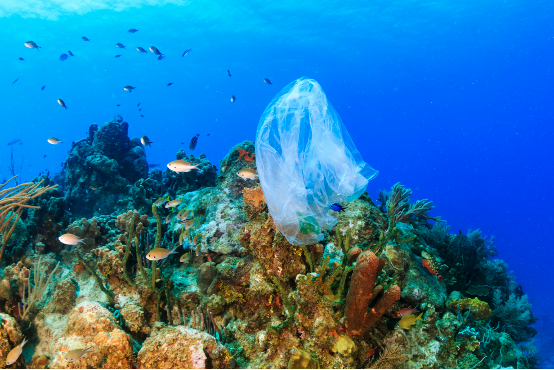
It is worth noting as well that even before plastic becomes a pollutant, the other phase of its lifecycle also has significant environmental impact. Plastic production can be a very carbon-intensive activity and several of the chemical additives in plastic can be hazardous to humans and animals.
What Can We Do to Help End Plastic Pollution?
When it comes to resolving our plastic crisis, the question is whether we need it? It seems the more plastic we produce, the more we use it. If we reduced the 400,000 million tons of plastic currently produced annually, we would find alternatives.
The answer to the above question is easy; we need to stop producing more, and to do that, we need to buy products not wrapped in plastic. It’s a change in mindset and means we must curb our plastic consumption and encourage our friends, family, and neighbours to do the same. To prevent more plastic waste from entering waterways and oceans, we also need to prioritise stormwater management within our communities.
The following bullet sections elaborate more on the things we can do to consume less plastic and prevent plastic waste from entering aquatic environments:
- Switch to non-plastic alternatives wherever possible – We can replace many plastic items with non-plastic reusable alternatives. There are already alternatives for everyday single-use plastic items such as shopping bags, PET bottles, takeaway cups, food containers, cutlery, straws, and cling film. More sustainable products can also replace other plastic items like toothbrushes, shampoo and conditioner bottles, and dish sponges. Visit our shop to view non-plastic alternatives to Start your very own zero plastic journeys.
- Reduce plastic packaging consumption – Plastic packaging is difficult to avoid in this day and age where almost everything is wrapped in plastic. However, some retailers are now shifting to a zero-waste approach. These include refill-based grocers where you can carry your reusable container and fill it up with whichever commodity you need to buy. As consumers, we can support these establishments and refuse unnecessary plastic packaging whenever possible.
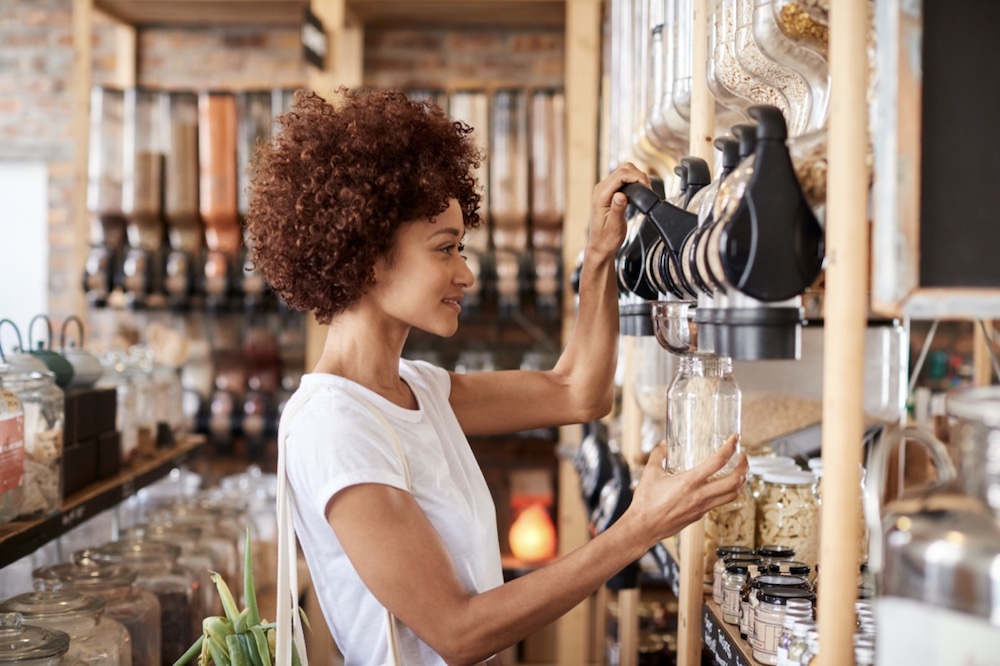
- Where we cannot eliminate plastic, practice recycling – While recycling falls behind refusing plastic in the first place, we should still practice it in situations where we cannot avoid plastic. Recycling includes using deposit-return schemes for glass and plastic bottles to return them to a deposit machine, and the customer gets a small reward for returning the bottle or jar. Practising recycling also prevents littering and provides a ready, reliable supply of clean recyclable material for manufacturers to use.
- Volunteer for community clean-ups – Community clean-ups don’t just help divert street litter from entering stormwater, they are also a great way to raise public awareness and encourage other people to be more mindful of their plastic polluting habits. Beach and river clean-ups are an excellent data source of what kinds of plastic pollution are most commonly littered. This data can inform future intervention and education programs to reduce plastic pollution.

- Support government initiatives for better waste management – In countries where plastic waste is an ongoing and overwhelming problem due to the lack of waste management infrastructure, we can support the development of infrastructure for sorting, recycling, and disposing of plastic waste properly.
- Support responsible brands – Companies that produce consumer goods are also partly responsible for the plastic we consume. Showing support for brands striving to reduce their plastic packaging and usage can help influence other brands to follow suit.
- Support municipal stormwater infrastructure – Having adequate and up-to-date stormwater treatment infrastructure in place is vital in preventing plastic waste from entering our waterways. An increase in public awareness about the importance of stormwater management can influence local governments to prioritise stormwater infrastructure.
Plastic pollution is a huge problem, and the numbers and facts can be overwhelming. But there are plenty of little things we can do to help. But it is the collective action of individuals worldwide that is critical in resolving our plastic crisis.
You can start today by reducing your plastic consumption. Join our journey with our free Zero Pollution Supporter Program.





